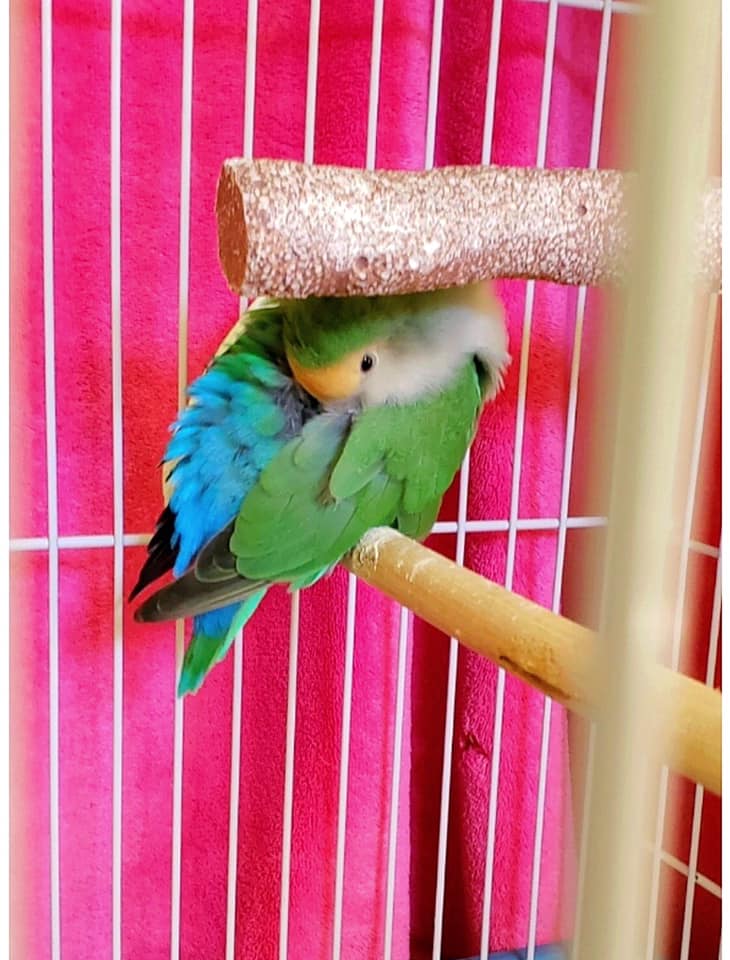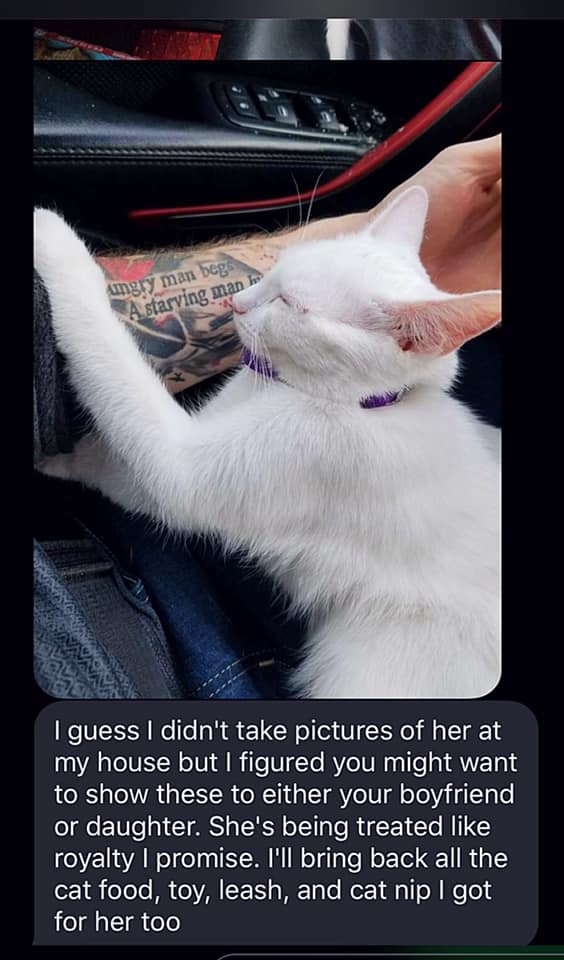Missing (fur)baby: Now what?

On July 13, two individuals were apprehended for stealing a precious pup from Petland—a $10,000 bulldog. Although in this case the pet hadn’t found its owner yet, the crime begs the question:
What happens when beloved pets go missing?
Lucky for Columbus residents, one of the best online databases for finding lost pets was founded and is headquartered right here in 614 territory. And better yet, it’s a free volunteer service.
Pet FBI, a national non-profit organization, has been reuniting people and pets since 1998. Since then, around 100,000 reports have been filed to the online pet finder platform. They’ve even been able to find a couple of tortoises and birds (how does one lose a tortoise anyway?).
BROUGHT TO YOU BY
“One of the things that we do that’s a little unique is when you post in our database, if you post a lost report, you’re going to get all of the found reports within 100 miles of you emailed (in real time) to you,” said Pet FBI Executive Director Leslie Poole.
In 2019 alone, there were 17,000 lost and found reports filed with Pet FBI. Along with partners Helping Lost Pets, Lost Dogs of America, and Lost Cats of America, 84,000 lost and found reports have been filed in total. The majority of the reports filed are made up of dogs (64%), while cats make up 35% and birds, small mammals, reptiles, and farm animals make up 1%.

In the specific case of Betsy the cat, Pet FBI was monumental in helping bring the lovely white furball back home. Betsy escaped while her family was staying at the Red Roof Inn in Westerville and stumbled upon the door of a man staying at the Red Roof Inn. Assuming she was abandoned, he took her home, which for him was Indianapolis.
Betsy’s owner filed a report with Pet FBI and used its flyer template to create flyers, which were posted in the lobby of the hotel. He immediately called the owner. Thanks to Pet FBI, Betsy can now once again enjoy snuggles with her owner.

Keep reading for Poole’s advice of the best steps to take when your pet doesn’t come home.
- Plan ahead
Microchipping is a great tool, but only when the registration is up to date. Also making sure your pet has a collar with an ID tag (including a phone number) can make locating your lost friend that much easier.
- Search the area
Poole pointed out that when pets go missing, they’re usually just a street or two away from home. Walking your neighborhood and knocking on nearby doors are initial and immediate steps you can take if your pet goes missing. COVID has made things a bit different, however, so Poole also suggested giving fliers to pizza delivery drivers or carryout places to avoid contact with others.
Even in a technological-dominated age, Poole said that signs and fliers are effective because not everybody is online. You can also print out a flyer for your lost pet after you register it on the Pet FBI website. A QR code is included to provide more information for those who may have seen your pet.

- Provide a familiar/strong smell
Odds are, your pet has a superb snout. To attract a pet back to its home, putting out a particularly smelly food like tuna for cats and spam or bratwurst for dogs has a high success rate, according to Poole. In addition, putting out the pet’s bedding or your clothing can also help in attracting your fur baby back to your loving arms.
- Notify places of authority
Most strays go to the Franklin County Dog Shelter, so the first point of contact should be with them. They can be reached at (614) 525-3647. Also notify the microchip company, local veterinarians, Facebook neighborhood groups, websites like nextdoor.com, Franklin County Animal Care and Control, and sometimes even the police department. Poole suggests visiting the shelter in person so that your animal has a better chance of recognizing you.
- Once you find your pet, stay calm
You may think that your pet would run right up to you after you’ve located it, but when it’s scared, your pet may behave differently. Poole suggests sitting down, not making eye contact with your pet, opening up some treats, and tossing them in the direction of your pet. She also said that chasing your pet is a bad idea, as you could push them into unfamiliar territory or even traffic.
“An animal can go into survival mode really quickly,” Poole said. “So a lot of people think, Oh, it’s my dog, I’m just gonna call him. He’s gonna come right back. And that doesn’t always happen. Your animal is now in survival mode, and they may actually run away from you, which is shocking to owners.”
Click here for more tips from Pet FBI to locate lost pets, and here for what to do for found pets to get them back home.
BROUGHT TO YOU BY





